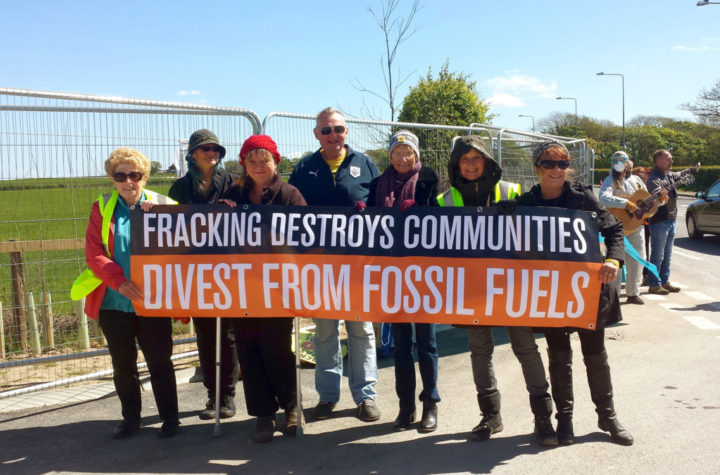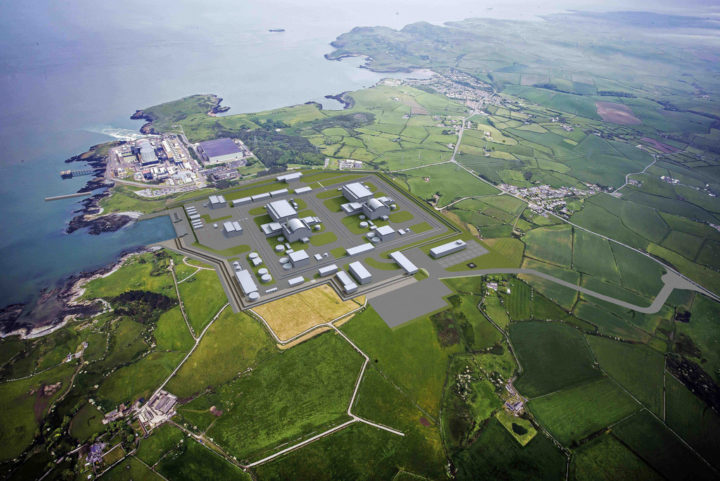Five energy predictions for 2019
It may be a busy year in UK energy policy, here's what we can expect
By Jonny Marshall
Share
Last updated:
Every new year brings a host of projections and forecasts, and a panoply of fingers stuck in the air. Here at ECIU we are no different. So, in the spirit of putting one’s neck on the line, here are our five UK energy predictions for 2019.
1. Capacity Market workaround reached
The main story in UK energy policy towards the end of last year was the court case that pulled the rug from under the system designed to ensure that the lights stay on. The decision to nullify Capacity Market contracts with immediate effect has left a gaping hole in the finances of asset owners the country over.
While the first auctions were dominated by existing power stations, more recent ones have awarded contracts to a growing number of distributed generators, batteries and DSR providers – the technologies that can underpin the transition to a low carbon power system, and one that BEIS will not want to see falter.
Energy Minister Claire Perry is confident that a workaround can be found, and that the auction for next winter can be held in the summer (delayed from late January). With Brexit-related issues continuing to dominate Whitehall and Westminster, we can expect mandarins to push a solution to this issue through as soon as possible.
2. Fracking quietly dropped

Last year was quite simply an annus horribilis for the UK fracking industry. Earthquakes, protests and a growing band of opposed politicians have seen industry prospects left hanging by a thread.
Be it a drilling test that failed to find any gas, the dreadful finances of many companies involved, or bullying PR strategies involving the belittling of local councils pushing for earthquake restrictions to be relaxed, companies are failing to buoy public support for fracking, despite having been in the energy headlights for more than a decade now.
2019 could be the year that either ministers or investors (or both) lose patience.
The fleet of new offshore wind farms set to come online this year will likely see demand for gas in the power sector fall, while heating demand will continue to fall on the back of more efficient boilers and better insulated homes.
Both of these will more than offset the minute amount of gas expected from the industry.
Internationally, US gas export capacity is set to double this year, with more terminals in construction, further undercutting the investment case for would-be UK shale gas extractors.
This could be the year, then, that the UK’s fracking industry is finally put out of its misery. The impending Energy White Paper offers ministers a prime opportunity to kick it to the curb; even if they do not, the risk of yet more delays could see investors move their money elsewhere.
3. Nuclear decisions needed
Another big part of the White Paper will be a decision on how to fund the UK’s next generation of nuclear power stations.
The deal with EDF for Hinkley Point faced near-unanimous criticism from industry onlookers, and offers made since have not been sufficient to avoid the scrapping of Moorside and serious doubts forming over prospects for a new plant at Wylfa.

There are a number of means through which the Government can bring new nuclear plants online, with the Regulatory Asset Base (RAB) model leading the way. Providing more state support than the 'Hinkley-route', the RAB system would represent a marked change in the fundamentals of energy policy, which has been absent of state intervention on this scale since the pre-Thatcher era.
But if the Government maintains a position that large nuclear is needed, RAB may be the only option. Just don’t expect everyone else in the energy industry to be happy unless they are offered deals on similar terms.
4. Offshore wind records, again
The last auction for offshore wind took everyone by surprise, and so the next round – scheduled for May – will dish out less money than expected and impose a price cap that would have been balked at just a couple of years ago.
But, the industry has proven that it can raise its game, so much so that BEIS has included a limit on the capacity that the auction can deliver. It would not be a huge shock to see this limit reached, while very competitive prices would half-bolster the Government’s decision to focus on a largely offshore wind- and nuclear-based electricity strategy.
Aside from glowing headlines and lower bills, the result of this auction could alter the format of CfD competitions going forward.
If ‘subsidy free’ onshore wind can actually be realised, the Government may be able to hold future auctions in a way that raise cash (rather than costing money). This could be used to offset the cost of earlier renewable projects, back more expensive nuclear schemes or place even more downward pressure on bills.
5. Heat into the fore
With the year kicking off on headlines that detailed the myriad benefits of energy efficiency and a decision needed on how to meet insulation goals from the Clean Growth Strategy, 2019 has the potential to be the year when we finally see meaningful action on heat.
Perennially kicked into the long grass, the task of cutting carbon emissions associated with keeping the UK warm is not the most straightforward. The clear first step, though, is to cut the amount of heat we waste, thereby needing to produce less.
As such, the 2017 Clean Growth Strategy contained the goal of making more of the UK’s housing stock less leaky, by upgrading as many properties as possible to EPC grade C by 2035. Insulating millions of homes is likely to take a while, so we can be hopeful for decisions to be made this year that get us on the track to this goal.
So there we have it. Five things that could very well take place this year.
Retail policy-aside, 2018 was found to be lacking in terms of concrete policy decisions, but with decisions on the above more than likely this year, alongside the hotly-anticipated response from the CCC on the UK ‘going net zero’, 2019 has the potential to be a bumper year for UK energy policy.
Share